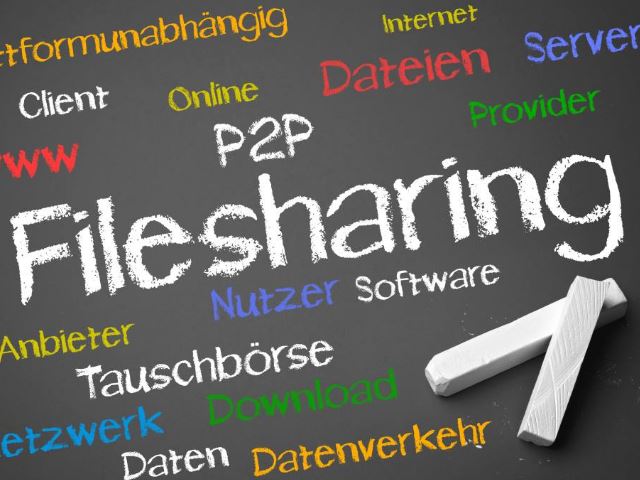Usenet Transforms the Rave Scene
Last Updated: Jul 25, 2011
Usenet Service Providers, Newsreaders, NZBSites and other Usenet related software and news by usenetreviews.org
When you hear the word ‘Rave’, you can’t help but somehow relate it to the term ‘forbidden’. Well, it certainly was, at least to specific adults, whom it should be impenetrable to, when the said musical subculture was thought of and designed by the youth. Although its origin is in the UK, American rave fashioned its own mutant funhouse style to copy sounds, ideologies, and looks that already existed that time.
The belief of the group of society that supported rave was the moving force of its popularity in the early to mid 1990s, not just by mere luck. Where else but on the internet should rave flourish? It’s the perfect channel for a subculture to be more known. Perhaps the main reason why rave prospered on the web is because they are alike in so many ways. Just like the web, rave also appealed to the nerds and geeks, since they are both modern and forward-looking ‘free spaces’.
All the more reason for us not to think that the instruments of dance music have model numbers as reference, such as [909, 808, 606, and 303][1]. Rave, the web, and even Usenet (where the web was first mentioned and introduced) all trace their root in the 1980s. Popularity rose during the 1990s and became influential part of our society. The link between rave and the web is also emphasized with the naming of IDM, one of the key genres of electronic dance music, after an email** **list devoted to “intelligent dance music.”
To quote Richie Hawtin, an early rave icon, “Part of the explosion of the whole electronic music scene has been totally tied to the Internet, and the way we can communicate over vast distances.” The said statement was reaffirmed by Matt Massive, the publisher of Massive. According to him, “The Midwest — and maybe national — scene wouldn’t have become so interconnected without the rise of the Web circa 1994-95.”
To give you a short background of American rave music, I should mention the root of rave music itself. It was the British who started it all, but the general idea of the type of music they (English DJs – Paul Oakenfold, Danny Rampling, Johnny Walker and Nicky Holloway) wanted to copy was found by them in Ibiza, in the summer of 1987. During their vacation, they witnessed how a certain DJ Alfredo spun thousands of songs every night. When the quartet went back to London, they began immitating the parties they saw in Ibiza, as well as the music spinning.
The four DJs made house and techno the music of the future, and the new attitude that goes along with it the ecstasy-fueled bonhomie. The type of music that was rooted from Ibiza and traveled to England inspired an American DJ named Frankie Bones from Brooklyn, New York when he experienced it himself in London. When he went back to the US, he brought along his new musical inspiration to the warehouses of Brooklyn, clubs in Los Angeles and San Francisco followed. Soon after, it spread all throughout the country, and the rest, as they say, is ‘rave’ history.
Rob Theakston, a Detroit rave veteran, narrates how rave party connections started and developed in the country, “By 1994, there was already kind of an established network of party-throwers and partygoers [in Detroit],” he adds, “At that point; the scene was maybe 200 kids max. Everything was very phone-based. [You’d] call the phone lines the day of to get directions, and even then, a lot of the direction lines would just give the vicinity because you would already know: ‘Oh, Harper and Van Dyke — that’s the old theater. We know where the party’s going to be.’ They wouldn’t give you the exact address for the authorities to find out.”
If there was secrecy involved, ravers have a good reason for keeping it that way. “I worked so much overtime trying to talk about how the rave scene wasn’t all about drugs,” states Ariel Meadow Stallings, publisher and editor of the rave zine _Lotus _in Seattle during the late ’90s. “It was very noble of me, and I still do believe it wasn’t all about drugs. But it is a drug culture. Even if you’re not on drugs, the culture of the party is determined by the fact that there are people there who are.”



